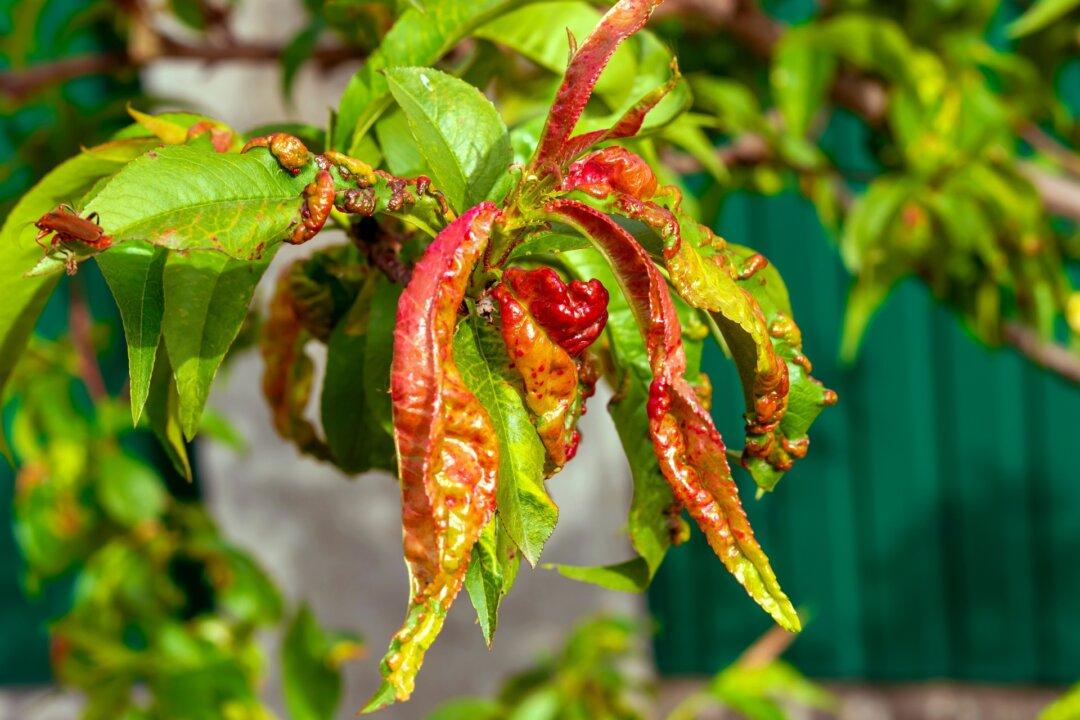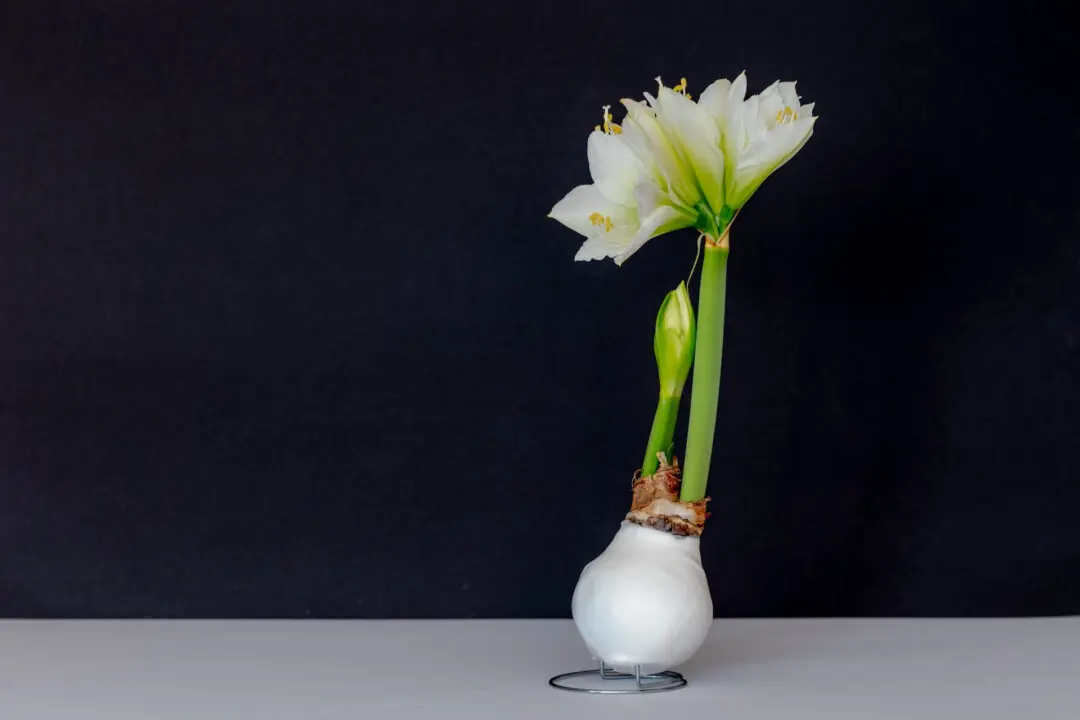Q: I have a peach tree that I am worried has a problem. Last spring, I noticed the leaves started curling up and got quite lumpy, for lack of a better term. It is back again this year. I don’t see any aphids or other insects in the curled-up leaves. What caused this? Is there a cure for it? Will it affect the fruit?
A: Hopefully, you only have this on a few leaves. It is the fungal disease known as peach leaf curl. It can be severe when the leaves expand during cool, wet weather. The leaves become puckered and deformed, and they often turn red or other colors. The infected leaves will fall off. New leaves that come out in dry weather will be normal.





